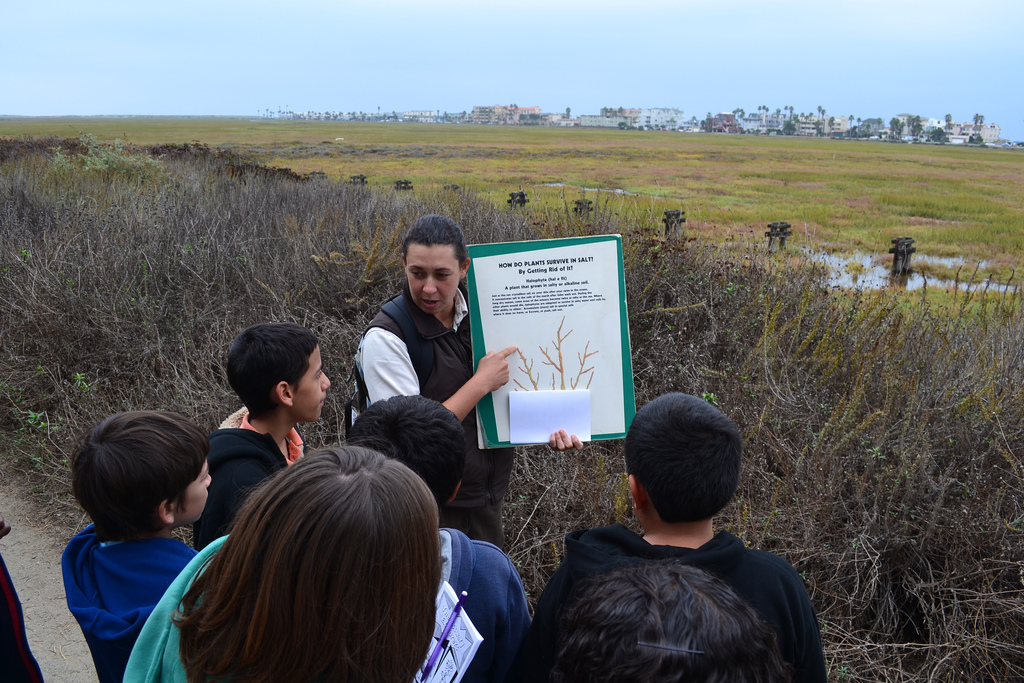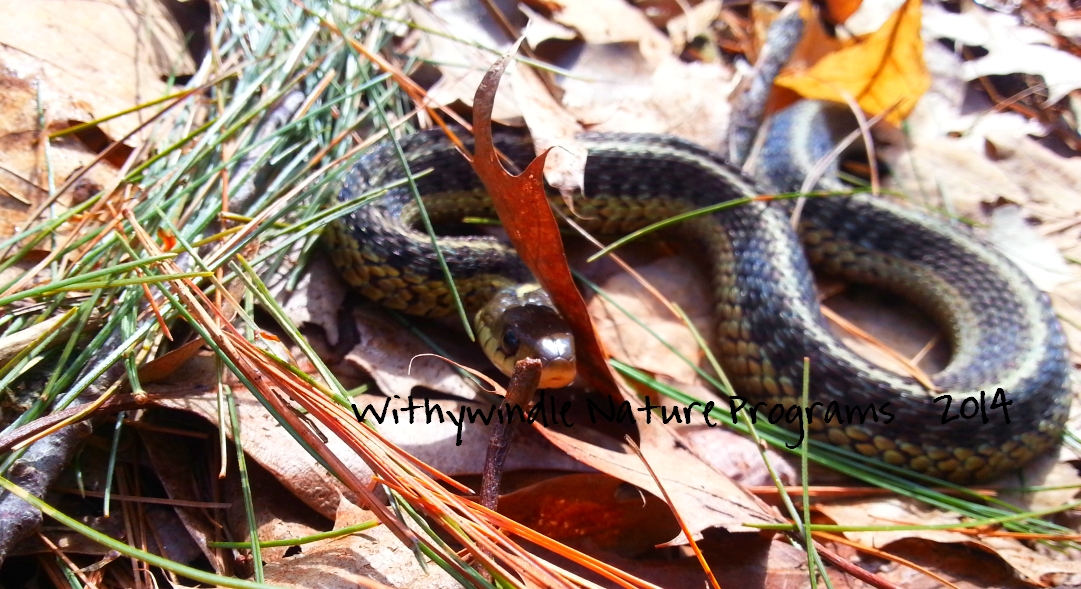Environmental Literacy Series:
Part 1 – Definition
Part 2 – Environmental Literacy Plans
Part 3 – Report on an Environmental Literacy Summit

Part 1: Environmental Literacy Defined
Two weeks ago, I promised a series of posts on the state of Environmental Education (EE) here in New England. With more thought, I believe the topic I’m actually interested in tackling is Environmental Literacy. Why? Because it has become a way to structure our programs and measure their effectiveness. As environmental educators (a group which includes naturalists, classroom teachers, administrators of camps and nature centers and informal educators) we should be striving to produce environmentally literate students and audiences. But in order to understand how to do that, it’s important to define Environmental Literacy.
The Environmental Education and Training Partnership (EETAP) defines environmental literacy as follows:
Environmentally literate persons know:
* That their daily choices affect the environment,
* How those choices can help or harm the environment, and
* What they need to do—individually or as part of a community—to keep the environment healthy and sustain its resources, so that people enjoy a good quality of life for themselves and their children.
What do environmentally literate people do?
Environmentally literate people act on their beliefs. This might mean:
* Buying “green” products for the household
* Using natural alternatives to pesticides—like marigolds—to protect gardens
* Attending community meetings to discuss complex issues like whether to build a new stadium, rehab the old one, or use the land in an altogether new way such as for public parks or playgrounds.
* Working with businesses, urban planners, and city officials to raise awareness about and address health risks from building materials such as asbestos or industrial waste.
Environmental Literacy Skills
Excellence in Environmental Education: Guidelines for Learning (Pre K-12) identifies four strands for environmental literacy:
1. Developing questioning, investigating, and analyzing skills,
2. Acquiring knowledge of environmental processes and human systems,
3. Developing skills for understanding and addressing environmental issues, and
4. Practicing personal and civic responsibility for environmental decisions.
Knowing what knowledge and skills we want our program participants to walk away with will help us craft more effective lessons and programs. To that end, many states are now creating Environmental Literacy Plans (ELP) to use in K-12 frameworks for classroom teachers, and some ELPs also include informal education guidelines.



2 thoughts on “Environmental Literacy Series Part 1, Definition”